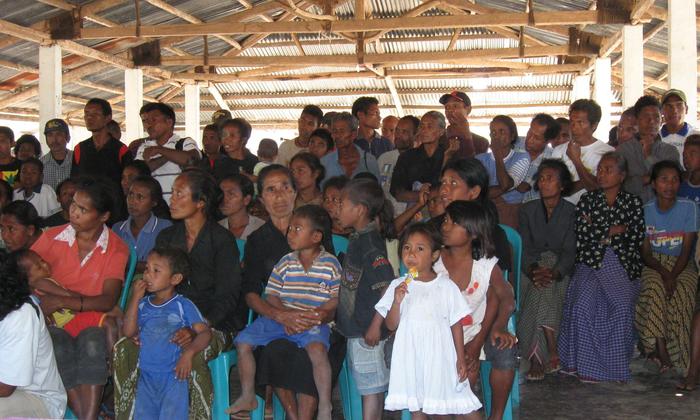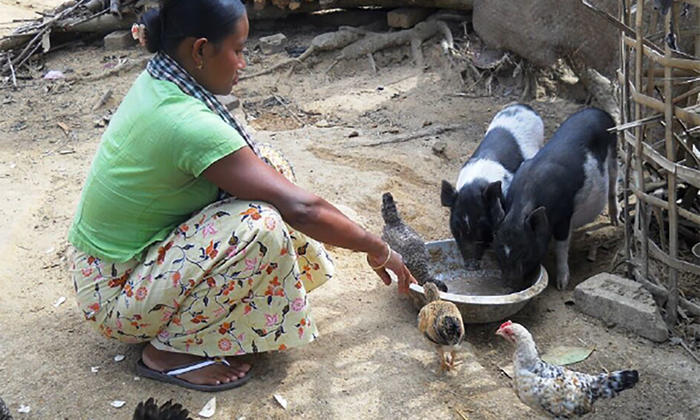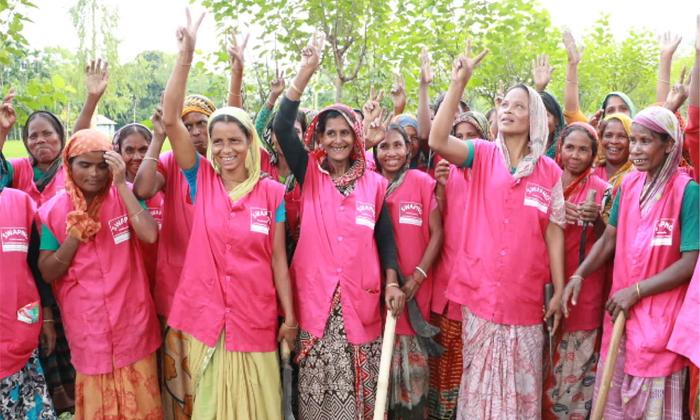Lack of access to water and sanitation had an impact on socioeconomic development, livelihoods, well-being and health
Case study
Philippines: Pro-Water: Policies, Infrastructure and Behaviors for Improved Water and Sanitation

SDGs ADDRESSED
This case study is based on lessons from the joint programme, “PRO-WATER - Promoting water and sanitation access, integrity, empowerment, rights and resiliency.”
Read more
Chapters
Project Partners


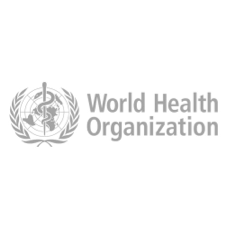
1. SUMMARY
The joint programme targeted impoverished and water-scarce areas in the Philippines in the Local Government Units of Basud, Capalonga, Aroroy, Cawayan, Milagros, Monreal, Bobon, Mapanas, Siayan, and Sindangan to increase access to clean water and sanitation, while encouraging good hygiene and sanitation practices at the household level, as well as in schools, health centres and public spaces.

A woman in a “waterless” municipality fetching water from a well
2. SITUATION
Lack of access to potable water and poor sanitation have had an impact on socioeconomic development, livelihoods, well-being and health in Philippines. A rapid decline in water quality due to pollution, poor sanitation and the large number of people who still have to resort to open defecation is a cause for urgent attention, with an estimated 31% of rural communities practicing open defecation in the Philippines in 2014. Women and girls are disproportionately affected as water, sanitation and hygiene are inextricably linked with their reproductive and economic roles, as well as their safety, dignity and agency. With an estimated 30 agencies playing different roles water resources management, water supply and sanitation, fragmentation can occur in policymaking, planning and programming on safe water, sanitation and hygiene making coordination challenging.
3. STRATEGY
The joint programme developed and implemented an integrated approach to improve governance of and access to safe water, sanitation and hygiene in six so called “waterless” provinces (where less than 50% of households have access to safe water). Targeted gender-sensitive solutions benefited local households and communities, improved capacities of schools and health centres; and generated key data to inform policy, planning and capacity building.

Girls from a “waterless” municipality helping load water into cart to take home
4. RESULTS AND IMPACT
The development of the “Integrated Safe Water, Sanitation and Hygiene” (iWaSH) framework laid the foundation for pursuing a coordinated and harmonized approach to safe water, sanitation and hygiene at the local level. It was adopted nationally by the Department of the Interior and its local implementation supported by all 16 Regional Water and Sanitation Hubs established under previous MDG Fund supported interventions which provided training and support to Local Government Units and other local partners.
IWaSH is now recognized as a priority in the water safety plans of the 10 Local Government Units and quantified in medium and long-term targets (5-10 years), including the increasing of targets for access to safe water to from 68% to 97% of the local population and access to sanitation and hygiene from 68% to 100%. At the local level, improvements in water quality, monitoring and planning were realized through the formulation of water quality and risk assessment plans, capacity development on sanitation programming, formulation of local policies to support Zero Open Defecation and the provision of water quality testing kits. Low cost sanitation technologies were also introduced in all targeted Local Government Units. At the time of the final evaluation, 37 barangays in six municipalities in two provinces had been declared “open defecation free.”
Gender mainstreaming was promoted in all aspects of programme planning, decision-making, monitoring and implementation. In total, 3,277 women participated in programme activities, including in the conducting of assessments and data validation, planning, resource allocation, monitoring and evaluation, sanitation programming, community organizing/social preparation activities, and in communications and advocacy on iWaSH. with water-borne diseases.
5. CHALLENGES
The Philippines is noted is frequently noted as one of the countries most vulnerable to climate change in the world. Super Typhoon Haiyan of 2013 was the one of the strongest cyclones recorded in the country’s history. More than 6,000 people lost their lives and another 4.1 million people were displaced, including 1.7 million children. On average 8-9 tropical storms make landfall in Philippines each year. With damage to infrastructure including sanitation and water supply as well as potential protracted displacement, access to safe water and sanitation decreases and the risk of potential outbreaks in water-borne diseases increases as a result.
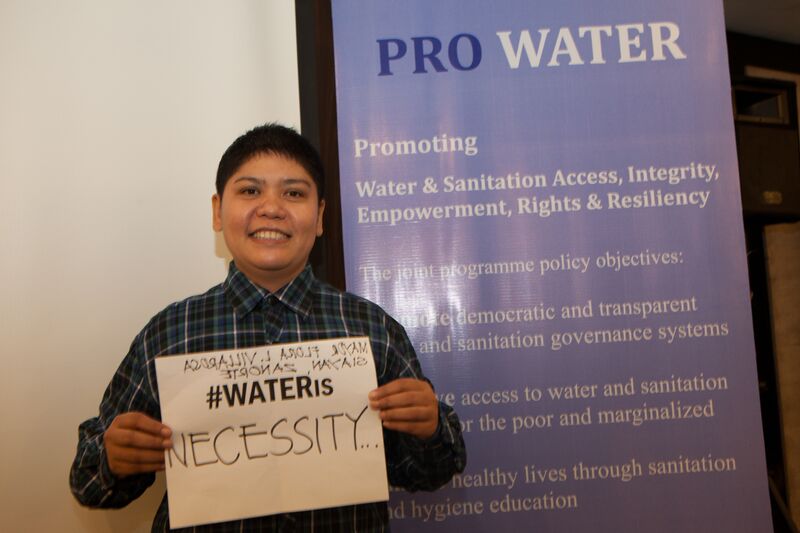
Mayor of Siayan Municipality, Flora Villarosa at the launch of the Pro Water joint programme
6. LESSONS LEARNED
Programme results show that that solutions to improve water, hygiene and sanitation cannot be separated from one another.
- For results to be sustainable, urgent infrastructure investments are still needed in some municipalities, where improved sanitation and handwashing facilities are now in place but are still not functional due to the lack of water.
- Climate change adaptation and disaster risk reduction, as highlighted in the integrated approach implemented by the joint programme, are critical considerations to sustainable water and sanitation systems, especially in areas where typhoons and other extreme weather events are a frequent occurrence.
- The importance of knowledge, awareness and training to good hygiene and sanitation practices cannot be underestimated. Targeted and consistent advocacy and awareness work are needed at the local level to achieve results.

A boy is refilling his water bottle
7. SUSTAINABILITY AND POTENTIAL FOR REPLICATION
Behavioural change campaigns have been a central component to the technical solutions provided. More resources, investment in infrastructure and necessary technologies, technical assistance and sustainable financing solutions are needed to ensure that changes made in policy and planning can continue to have an impact on the ground, with some regions requiring more support than others.

